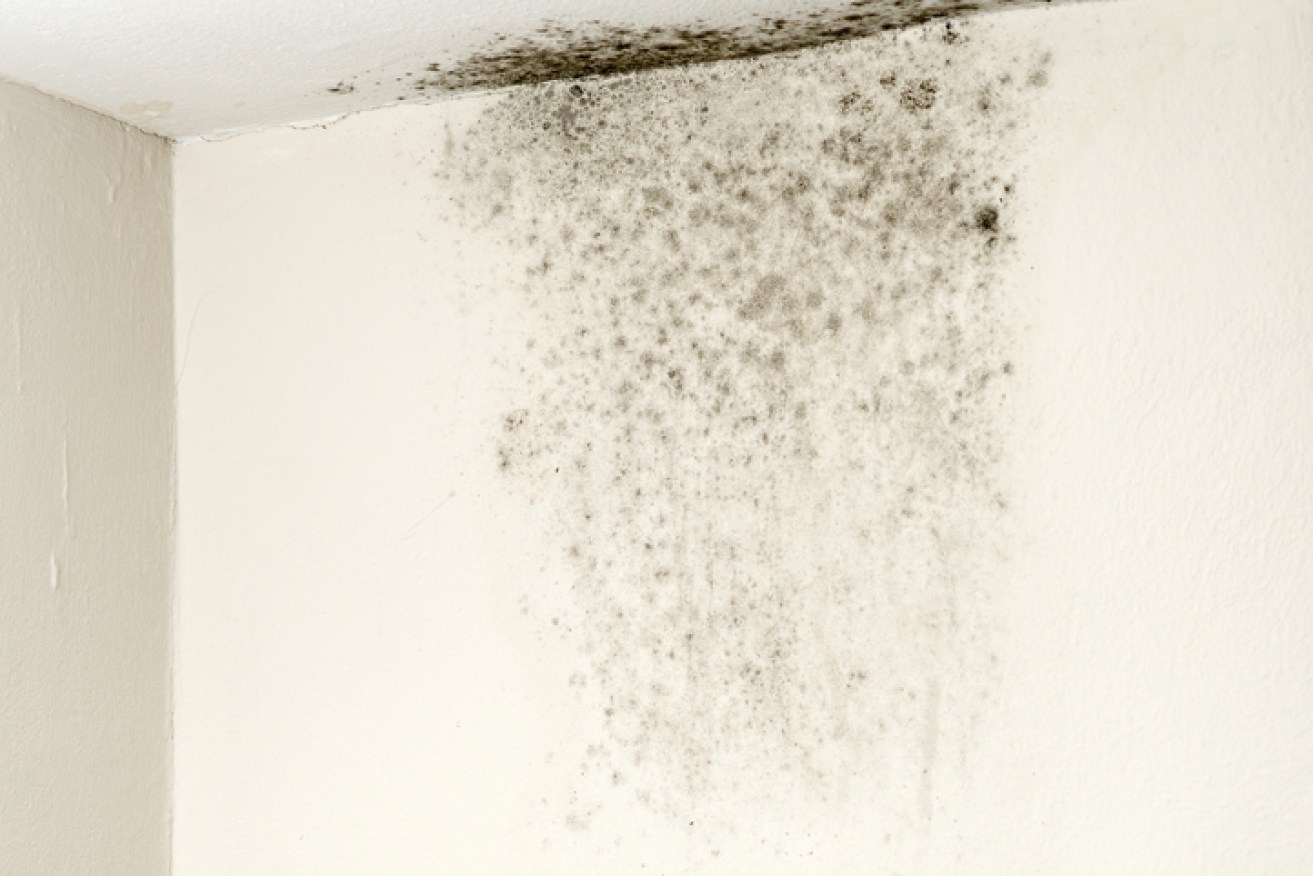Patients exposed to toxic mould endure ‘long and tortuous’ medical delays, inquiry told


Exposure to toxic mould can have devastating effects on health. Photo: Getty
If you start feeling unwell after living or working in mouldy or damp conditions, you’re not alone.
Just don’t expect a speedy or straightforward diagnosis, a federal parliamentary committee has been told.
Toxic mould has been linked to a range of illnesses, from mild allergies, to more severe conditions such as chronic inflammatory response syndrome, or CIRS.
Symptoms can include respiratory problems, extreme fatigue, migraine, insomnia and even memory lapses.
But mould-related illnesses are largely misunderstood and remain controversial, even among doctors and specialists, leaving frustrated patients to resort to “Dr Google” or online forums to find answers.
As a result, a national inquiry has been set up to probe into biotoxins, such as mould spreading through water-damaged buildings, and investigate how they affect our health.

CIRS patient Deborah Frith’s Melbourne home was ruled as ‘contaminated with mould’ by The Victorian Civil and Administrative Tribunal. Photo: Deborah Frith
At its first roundtable discussion on August 9, the inquiry committee heard from patients who had been caught up in a medical minefield, some bouncing between dozens of doctors and specialists, with no diagnosis leading to successful treatment.
“A lot of the submitters to the inquiry have spoken about their long and tortuous experience going through the medical profession,” committee chair and NSW Liberal MP Trent Zimmerman said.
“All have eventually come to the conclusion, through their own research or through seeing experts, that they have a mould-related illness.”
“What would your analysis be of why the medical profession – if I can put it this way – is failing those people?” he asked Canberra Hospital’s head of immunology, Professor Matthew Cook.
“I think one of the challenges of clinical practice is that many people have symptoms that can’t be adequately explained, and they take many different forms,” Professor Cook said.
The absence of clinical guidelines on mould-related illness, and a lack of consensus on how it should be diagnosed were contributing to the problem, health experts said.
Australasian Society of Building Biologists vice-president Nicole Bijlsma told the committee that, according to her own research, some of the country’s top environmental doctors were not trained to ask about a patient’s history to mould exposure, despite saying it was critical to do so.

Exposure to toxic mould on ceilings and walls can have devastating effects on health. Photo: Getty
“If they’re not asking the right questions … how on earth will they ever see correlation?” she said.
“Because clinicians don’t have the skills to take an exposure history, we ask all of the clients and families we’re dealing with with asthma: ‘Has your GP asked about dampness in the home?’. The answer is categorically, 100 per cent: never.”

MP Lucy Wicks campaigned for a national inquiry into mould-related illness after being diagnosed with CIRS. Photo: Twitter/Lucy Wicks
CIRS patient Caleb Rudd, from Brisbane, runs Toxic Mould Support Australia, an informal online support and information hub for people with mould-related illness.
He said some doctors will put patients into the “too-hard basket”.
“Even if they ask you if you have a mould-affected or damp place, they will say it’s a mould allergy,” he told The New Daily.
In a submission made on behalf of the support group, Mr Rudd recommended increasing patient access and affordability of CIRS diagnosis and treatment.
He also made recommendations to prevent the construction of water-damaged buildings and testing of current structures.
Dr Graeme Edwards, from the Royal Australasian College of Physicians, runs a private practice in Brisbane and has investigated mould-related disorders.
He told the committee that CIRS was not a universally accepted condition and doctors can run the risk of overdiagnosing it.
“There are people who are being labelled as having a chronic inflammatory response where there are other perfectly adequate explanations if there was adequate time to take the history,” he said.
Mr Zimmerman asked if Dr Edwards thought mould was sometimes unfairly considered a trigger, when it might be other factors.
“That is certainly the concern not, only of myself but also of the college,” Dr Edwards said.
The Standing Committee on Health, Aged Care and Sport is expected to deliver its report on biotoxin-related illnesses by October 21.








